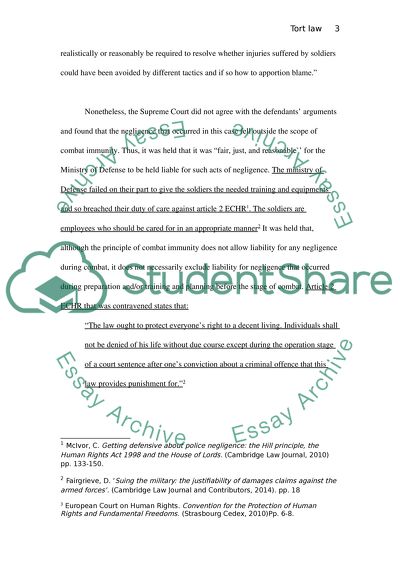Cite this document
(“Tort law Essay Example | Topics and Well Written Essays - 1250 words”, n.d.)
Tort law Essay Example | Topics and Well Written Essays - 1250 words. Retrieved from https://studentshare.org/law/1678802-tort-law
Tort law Essay Example | Topics and Well Written Essays - 1250 words. Retrieved from https://studentshare.org/law/1678802-tort-law
(Tort Law Essay Example | Topics and Well Written Essays - 1250 Words)
Tort Law Essay Example | Topics and Well Written Essays - 1250 Words. https://studentshare.org/law/1678802-tort-law.
Tort Law Essay Example | Topics and Well Written Essays - 1250 Words. https://studentshare.org/law/1678802-tort-law.
“Tort Law Essay Example | Topics and Well Written Essays - 1250 Words”, n.d. https://studentshare.org/law/1678802-tort-law.


